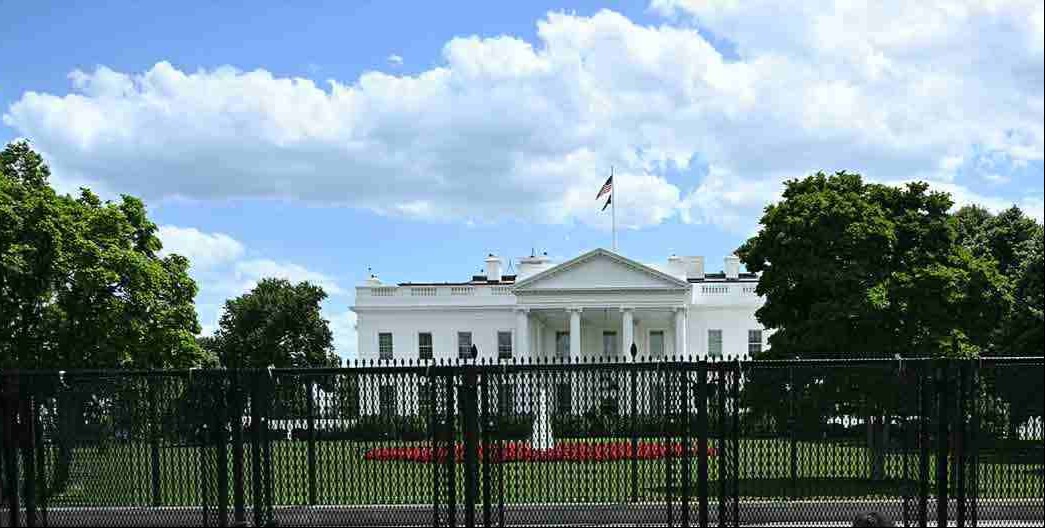What's Happening?
The Trump administration has implemented significant cuts to research funding, affecting major federal agencies such as the National Institutes of Health (NIH) and the National Science Foundation (NSF).
These cuts have led to the termination of numerous research grants and a freeze on funding for major universities, disrupting the flow of federal dollars to institutions. The fiscal 2026 budget request from President Trump includes further reductions in funding for NIH and other grant-making agencies. Despite Republican lawmakers signaling a desire to avoid deep cuts, no agreement has been reached on funding levels. The continuing resolution passed by Congress only funds the government through January 30, postponing decisions on federal agency budgets. This uncertainty has delayed the restart of peer-review panels and the consideration of grant applications, potentially placing the U.S. in a catch-up position in global research and development.
Why It's Important?
The funding cuts have significant implications for the U.S. research and development landscape. Historically, the U.S. has been a dominant force in scientific innovation, but the current financial constraints could lead to a shift in global leadership. With China increasing its investment in R&D, the U.S. risks losing its competitive edge. The cuts could also result in American researchers seeking opportunities abroad, further diminishing the country's scientific capabilities. The uncertainty surrounding federal funding impacts universities and research institutions, potentially stalling advancements in critical areas such as health, technology, and environmental research. The broader economic and societal impacts include potential setbacks in innovation and reduced global influence in scientific research.
What's Next?
The immediate next steps involve Congress deciding on appropriations bills by January 30 to avoid another government shutdown and provide stable funding for federal agencies. The White House Office of Management and Budget is expected to release guidance on grant-making, which will be closely watched by universities and research advocacy organizations. The administration's plans to limit indirect research cost reimbursement rates and implement executive orders affecting grant awards are pending. Public opinion and advocacy from universities have so far influenced the legislative process, suggesting potential for further impact on funding decisions. The ongoing debate and decisions will shape the future of U.S. research funding and its global standing.
Beyond the Headlines
The funding cuts raise ethical and cultural questions about the prioritization of scientific research in the U.S. The potential decline in research funding could affect the country's ability to address pressing global challenges such as climate change, health crises, and technological advancements. The shift in funding dynamics may also influence the cultural perception of the U.S. as a leader in innovation and scientific progress. Long-term implications include changes in the academic landscape, with universities potentially altering their research focus and collaborations to adapt to new funding realities.













